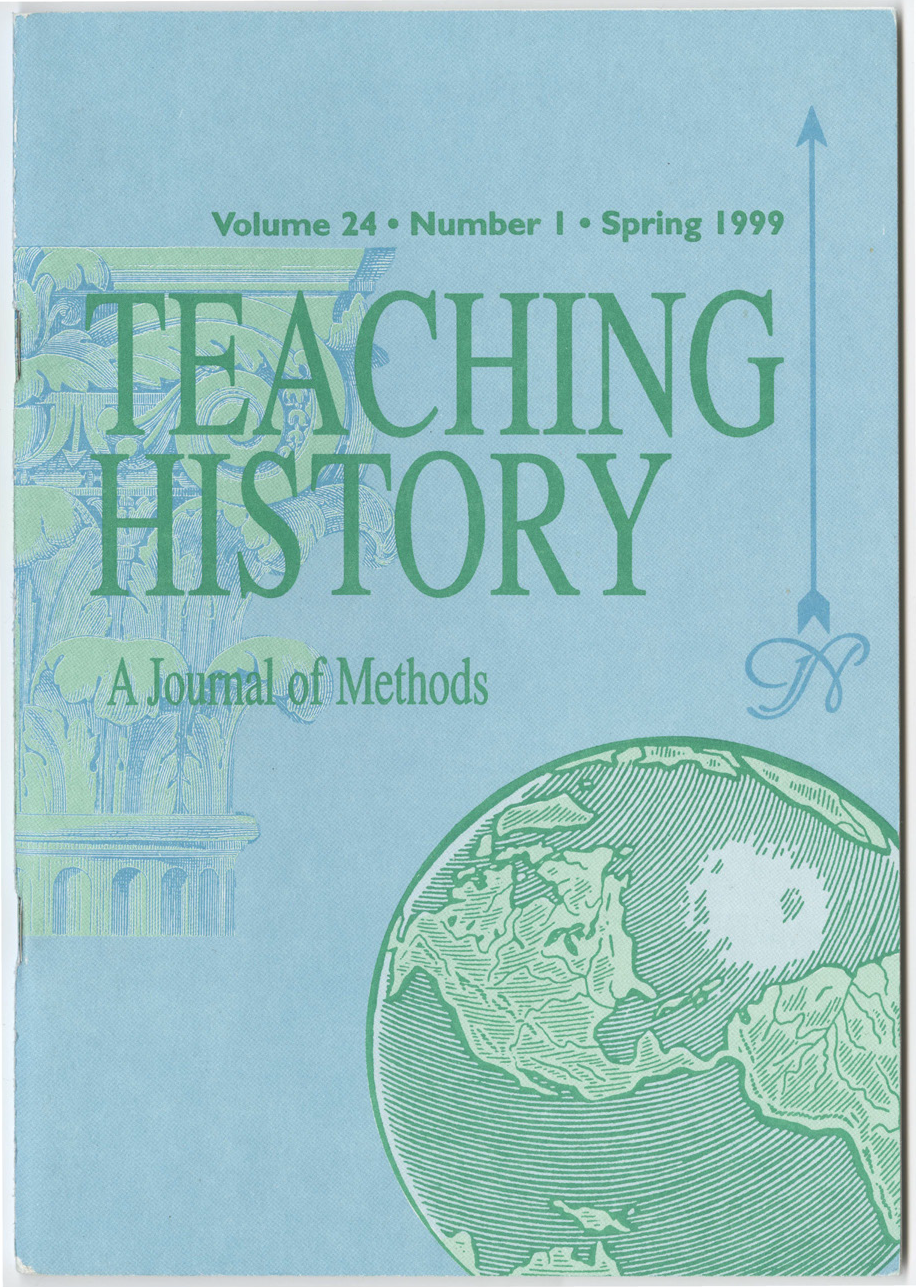Waldron, The End Of Imperial Russia, 1855-1917
DOI:
https://doi.org/10.33043/TH.24.1.38-39Abstract
The End of Imperial Russia, 1855-1917, which is part of St. Martin's European History in Perspective series, analyzes the decades leading to the Bolshevik revolution in 1917. Peter Waldron focuses his attention on one of the most important and controversial eras in Russian history. Most historians of Russia agree that the changes and turmoil of the late nineteenth and early twentieth centuries set the stage for the events of 1917 and afterwards. In this work, Waldron divides his era into five major themes.
First, the Russian autocracy, often seen as one and the same with the state in Imperial Russia, initiates reform and counterreform. The author clearly shows that the nobility was not united, especially during the reign of Nicholas II (1894-1917). Some of the nobility supported reform, while others vehemently opposed it. Waldron emphasizes the reign of Nicholas II, while leaving the reform efforts of Alexander II (1855-1881) and the counterreform initiatives of Alexander III (1881-1894) relatively unexplored. A fuller explanation of the Great Reform era (1860s) and the Counterreform era (1880s) would have provided the reader with a better understanding when analyzing the end of the Romanov monarchy.
Downloads
Downloads
Published
How to Cite
Issue
Section
License
Copyright (c) 1999 William B. Whisenhunt

This work is licensed under a Creative Commons Attribution-NonCommercial-NoDerivatives 4.0 International License.
By submitting to Teaching History, the author(s) agree to the terms of the Author Agreement. All authors retain copyrights associated with their article or review contributions. Beginning in 2019, all authors agree to make such contributions available under a Creative Commons Attribution-NonCommercial-NoDerivatives 4.0 International license upon publication.



